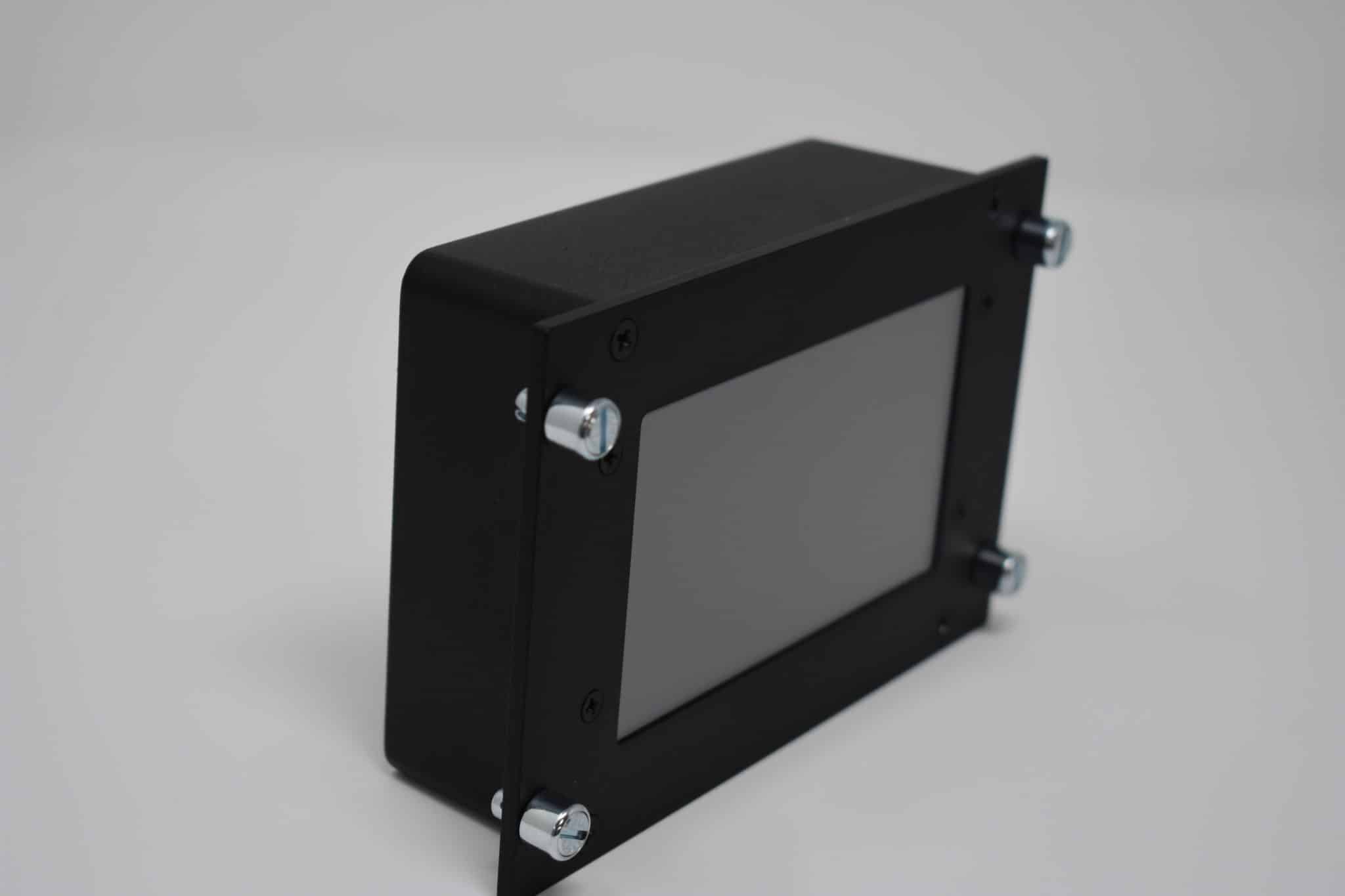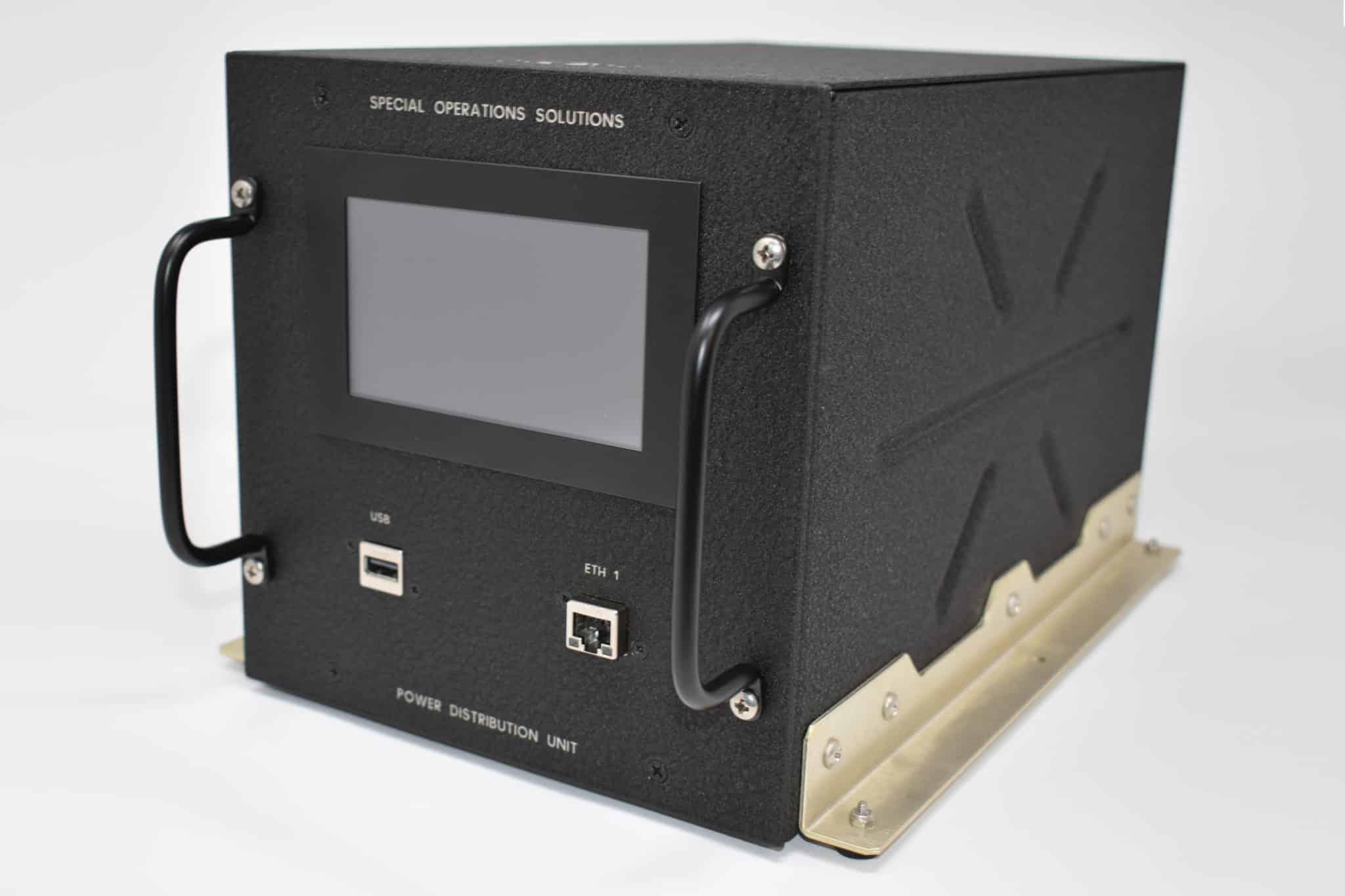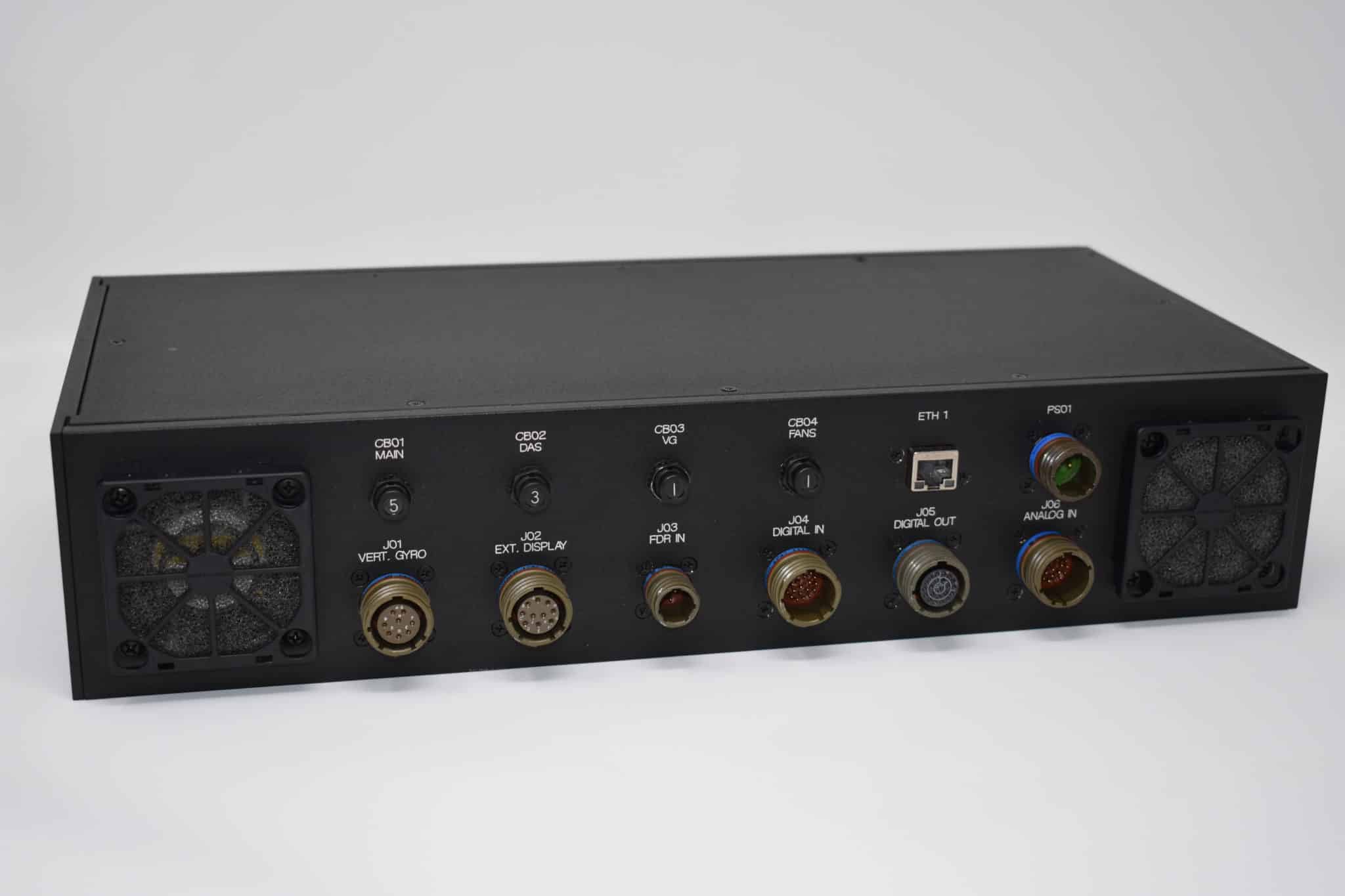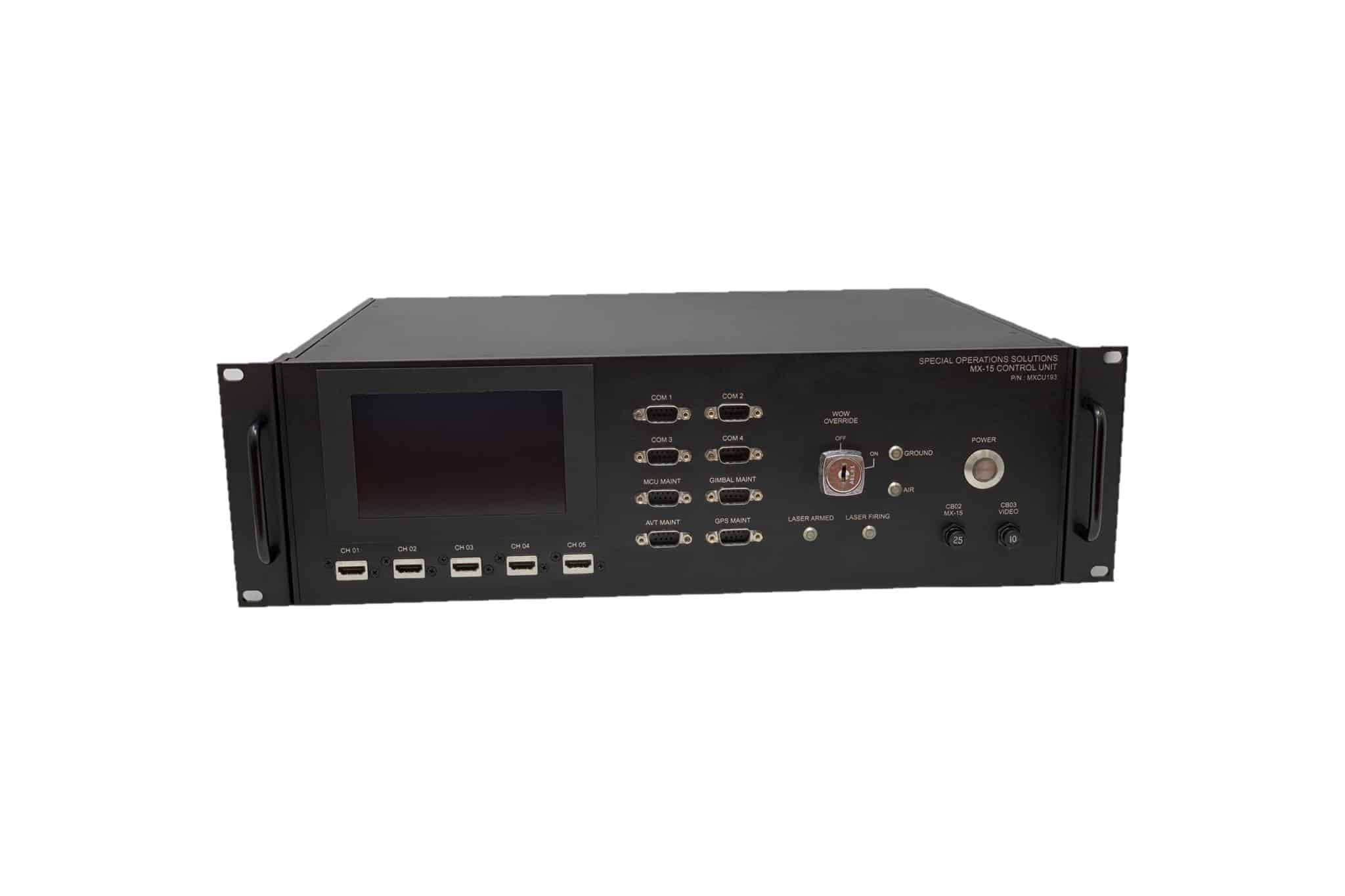Special Missions Integration
Data Acquisition Systems

Fully Customizable and Scalable
Our baseline DAQ, analysis, replay, and review system is called Mission Commander (MC) Control, which features multiple data acquisition channels that allow for a customizable and expandable solution compatible with any aircraft configuration. MC Control is a modular and configurable baseline, including multiple input/outputs (for both standard and non-standard devices), which provides the ability to interface and leverage existing systems on the aircraft and communicate data across all kinds of buses. MC Control is intended to support the collection of flight and usage data on the airframe and power plants to support the management of systems.
Customers use MC Control and its derivatives to monitor and trend the structural integrity and fatigue associated with airframe modifications. Derivative systems that AEVEX can provide include Wing Life Monitoring Systems (WLMS), Health and Usage Monitoring (HUMS), Pressure Management Systems, and other custom systems.
In addition, the MC Control system records imagery with metadata so that the video is mineable, including recording cockpit imagery and playback with other flight data for a complete picture. Its data storage, mining, and analysis capabilities support data post-processing as well as real-time troubleshooting. MC Control integrates with aircraft mission systems to provide a complete airborne systems picture.
AEVEX DAQ systems are capable of interfacing with:
- Flight Data Recorders
- Cockpit Voice and Video Recorders
- Configuration Specific Transducers (stress, strain, vibe, acceleration, temp, flow, etc.)
- Video and Audio (MISB and KLV compliant)
- Satellite Communications (SATCOM)
- Data Links and Communications Systems
- Mission Systems and Payloads
- Non-Collocated Instrumentation (air, ground, sea, space)

Mission Commander (MC) Control
MC Control is a situational awareness tool used to actively monitor and record critical parameters such as voltage, current, temperature, strain, pressure, or digital input/output for various uses such as structural health monitoring, fixed/rotary-wing flight test data acquisition, autonomous vehicle control, and many others. The system includes airborne, ground, and relay components that are tightly coupled and work interactively either in real-time mode or post- production. The system samples and records data in real time from analog sensors, digital discrete signals, and aircraft data buses. This data is displayed on a graphical user interface to enable users to view data, reports, and exceedance alarms and enter flight-specific information. Exceedance algorithms monitor key parameters, notify users via graphical LED, and automatically create reports based on condition.
MC Control operates as a HUMS, collecting technical and performance data for analyzing aircraft usage data and structural loads to determine rate of structural fatigue life consumption. AEVEX’s HUMS system collects data for monitoring and trending the structural integrity and fatigue associated with the airframe and aircraft modifications. The system monitors and records mission critical parameters and includes multiple input/outputs for almost endless customizability. It collects data related to structural stress, strain, fatigue, and loads. The data can be used to evaluate the lifecycle of the aircraft, modify inspection cycles, and extend the useful life of the asset.
- Pressure Management Systems
- Flight Data Recorders
- Racks and Enclosures
- Operator Workstations
- Wiring Harnesses
- Cable Assemblies
- Network/System Architectures
- Power Distribution
Quality Assurance
AEVEX implements quality assurance and quality control procedures based on ISO best practices. Because we are committed to customer satisfaction and providing high-quality services, our quality assurance program includes measures and strategies to ensure compliance with customer specifications and federal standards. We ensure that goals are established based on requirements and desired outcomes and then select objective indicators of performance to measurement criteria against specific timetables and/or quotas. Monitoring and controlling activities are incorporated throughout all phases of our project management lifecycle.








